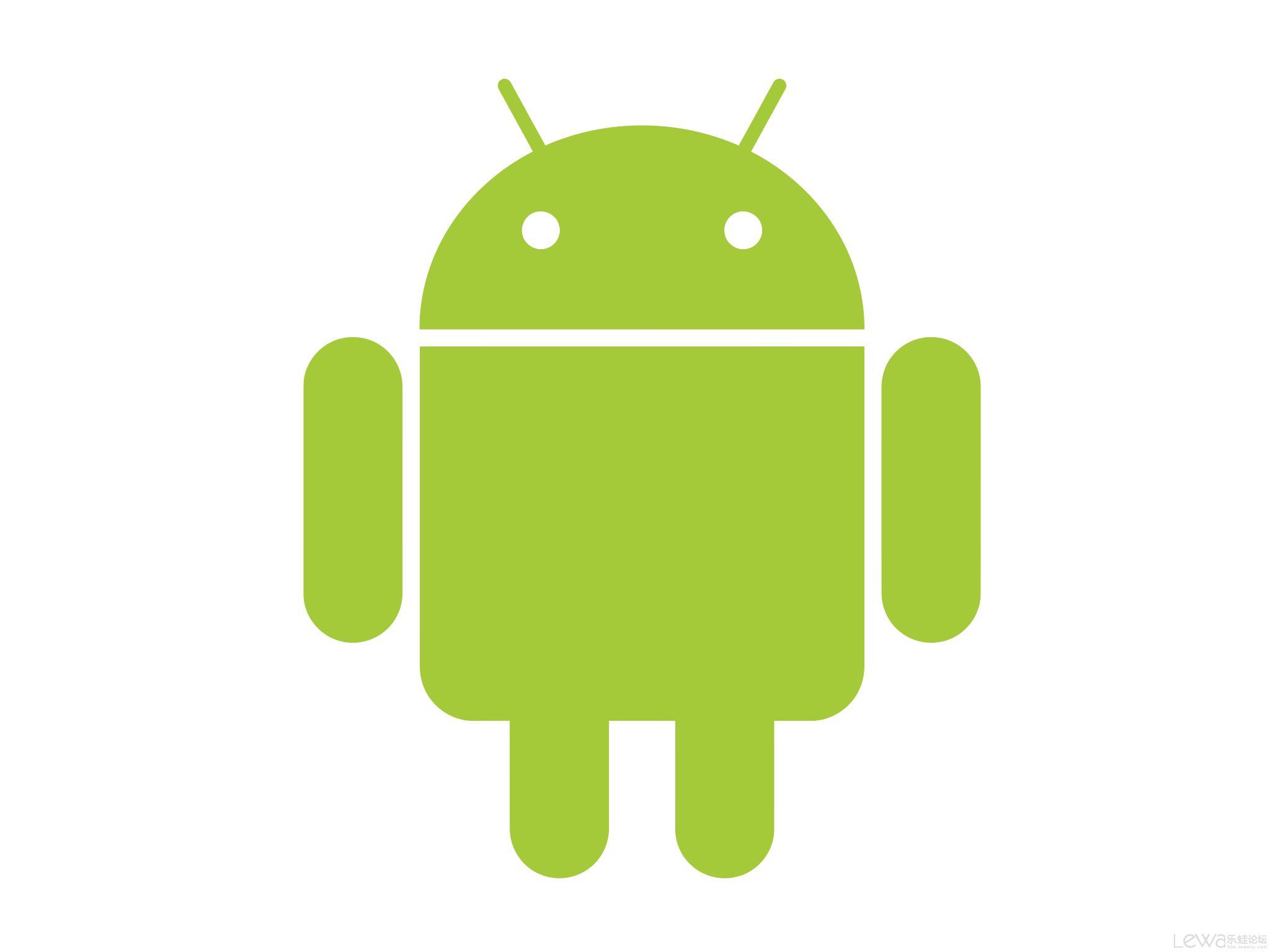Android使用XML进行用户界面布局
在Android应用开发中,使用XML(可扩展标记语言)进行用户界面布局是一种常见且有效的方式。XML提供了一种结构化的描述语言,可以清晰地定义应用界面的组件、布局和样式。本文将介绍如何使用XML进行Android用户界面布局,并提供示例代码来帮助理解其使用方法。
I. XML布局文件的基本结构
A. 根元素
B. 布局容器和视图组件
C. 属性和属性值
示例代码:
- activity_main.xml布局文件:
<LinearLayout xmlns:android="http://schemas.android.com/apk/res/android"
xmlns:tools="http://schemas.android.com/tools"
android:layout_width="match_parent"
android:layout_height="match_parent"
android:orientation="vertical"
android:padding="16dp"
tools:context=".MainActivity">
<TextView
android:id="@+id/textView"
android:layout_width="wrap_content"
android:layout_height="wrap_content"
android:text="Hello, World!" />
<Button
android:id="@+id/button"
android:layout_width="wrap_content"
android:layout_height="wrap_content"
android:text="Click Me" />
</LinearLayout>
II. 布局容器和视图组件
A. 常用布局容器(如LinearLayout、RelativeLayout、ConstraintLayout等)
B. 常用视图组件(如TextView、Button、ImageView等)
示例代码:
- LinearLayout布局容器示例:
<LinearLayout
android:layout_width="match_parent"
android:layout_height="wrap_content"
android:orientation="horizontal">
<Button
android:layout_width="wrap_content"
android:layout_height="wrap_content"
android:text="Button 1" />
<Button
android:layout_width="wrap_content"
android:layout_height="wrap_content"
android:text="Button 2" />
</LinearLayout>
- RelativeLayout布局容器示例:
<RelativeLayout
android:layout_width="match_parent"
android:layout_height="wrap_content">
<TextView
android:id="@+id/textView"
android:layout_width="wrap_content"
android:layout_height="wrap_content"
android:text="Hello, World!" />
<Button
android:id="@+id/button"
android:layout_width="wrap_content"
android:layout_height="wrap_content"
android:text="Click Me"
android:layout_below="@id/textView" />
</RelativeLayout>
III. 属性和属性值
A. 布局属性(如layout_width、layout_height、orientation等)
B. 视图属性(如text、src、background等)
示例代码:
- TextView属性示例:
<TextView
android:id="@+id/textView"
android:layout_width="wrap_content"
android:layout_height="wrap_content"
android:text="Hello, World!"
android:textSize="18sp"
android:textColor="#000000" />
- Button属性示例:
<Button
android:id="@+id/button"
android:layout_width="wrap_content"
android:layout_height="wrap_content"
android:text="Click Me"
android:background="@drawable/button_background"
android:onClick="onButtonClick" />
结论:
使用XML进行Android用户界面布局是一种简单而强大的方式。本文介绍了XML布局文件的基本结构、布局容器和视图组件的使用方法,以及属性和属性值的设置。通过编写清晰、结构化的XML布局文件,您可以轻松定义应用的界面和组件,并为其设置样式和行为。希望本文提供的示例代码能够帮助您更好地理解和应用XML布局在Android应用开发中的重要性。祝您在Android开发的旅程中取得成功!

